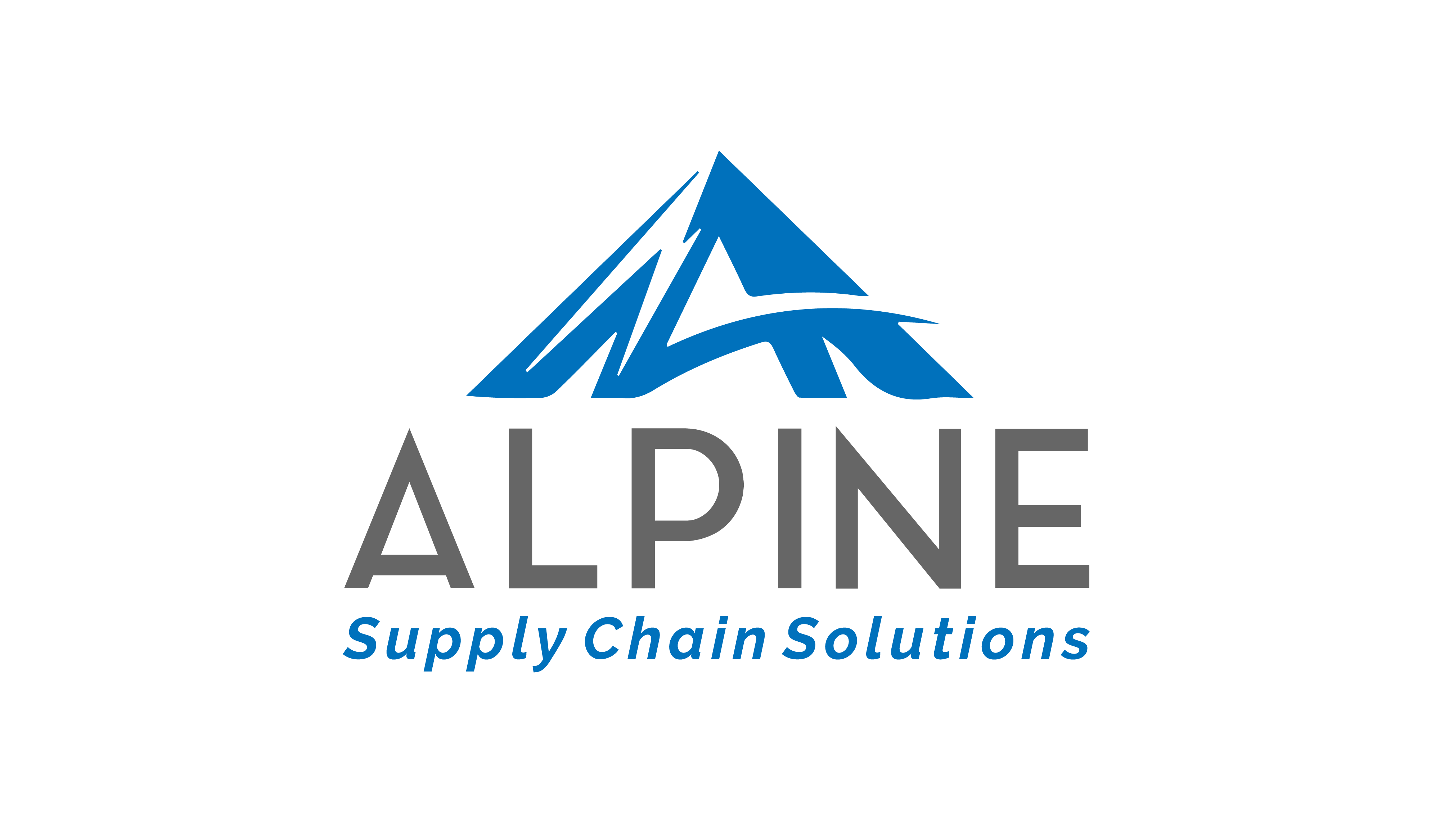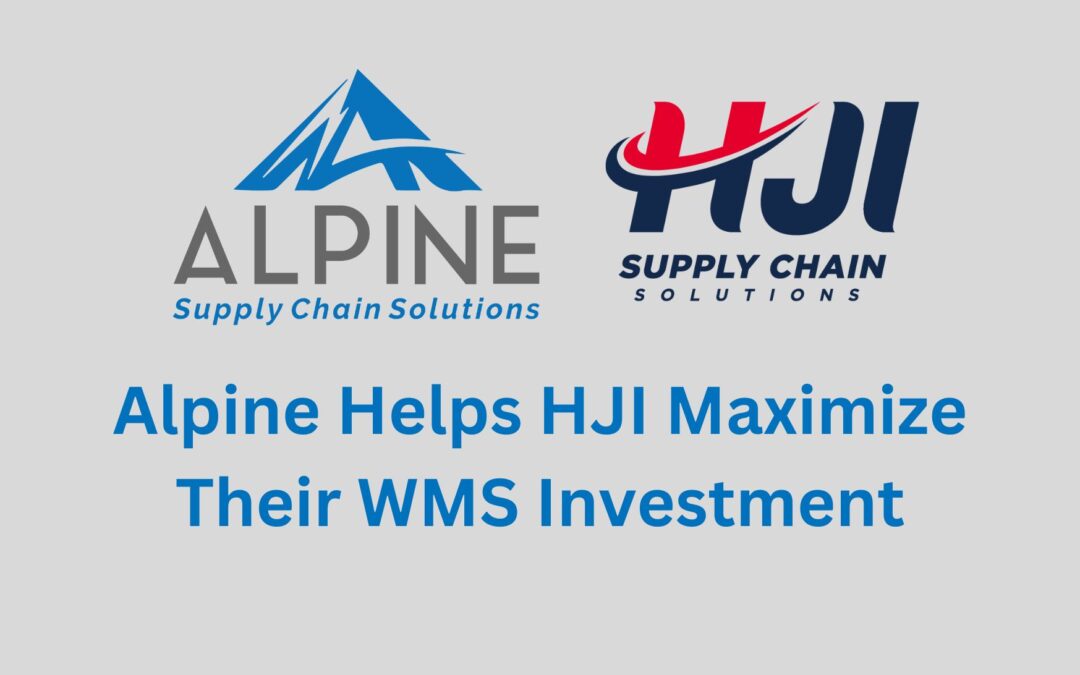
by Noelle Abarelli | Sep 14, 2022 | Blog, Warehouse Management System
If there’s one thing we know for certain it’s that when we make a considerable investment in technology, we want to see that investment pay off. We want to know that our time, effort, money, and resources were not wasted. So, when HJI Supply Chain Solutions implemented the Körber WMS, they expected to maximize space, improve efficiencies and increase productivity across their entire business. Unfortunately, without a dedicated resource to grow and support application use, the Körber implementation stalled and failed to yield the desired results. In fact, HJI had an underutilized WMS and was considering starting all over again with an entirely new WMS system.
Before completely scrapping what had already been done, HJI reached out to Alpine for insight. As Körber WMS experts, Alpine had the skills to determine a solution for HJI to get back on track. Alpine re-engaged with Körber and led the execution of client-side responsibilities, giving HJI the time to focus on running their operations without interruption. Alpine took on:
- Developing a full acceptance test plan to assist with the execution and documentation of the user acceptance testing process.
- Documenting work instructions and standard operating procedures.
- Serving as the communication conduit between Körber WMS, ERP providers, and the HJI team.
And much more! In the end, The implementation was a success and, in the process, HJI was able to broaden and deepen its solution knowledge base. HJI has since successfully rolled the Körber solution out to a larger facility in Louisville and two additional facilities in Memphis. They are securely under Körber’s support wing and are now working to fully link all clients and all warehouses on the application.
This August, Alpine Supply Chain Solutions was named to this year’s SupplyChainBrain list of 100 Great Supply Chain Partners. As part of their coverage, SupplyChainBrain documented the entire project between HJI and Alpine, you can view that article here.
And, If you’re struggling with a WMS implementation, don’t give up! Engage with experts who can provide a second opinion to ensure you’re not missing out on opportunities to make use of the investment you’ve made. If you’d like help with your project, don’t hesitate to give us a ring.
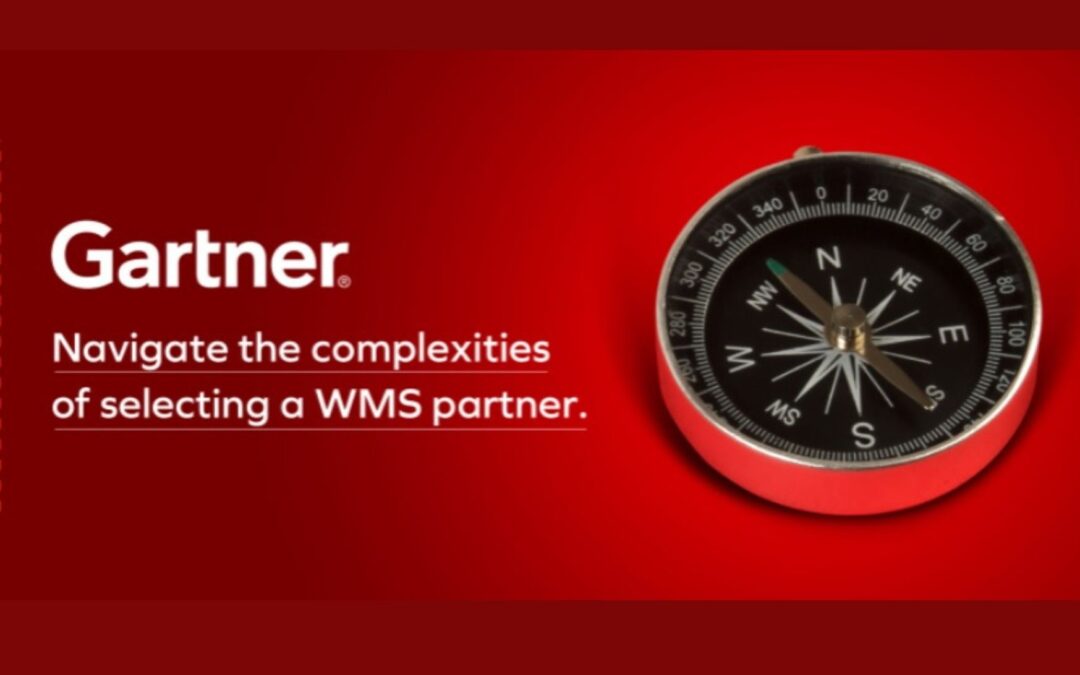
by Noelle Abarelli | Aug 3, 2022 | Warehouse Management System
Finding and implementing a new Warehouse Management System (WMS) is a large undertaking that requires a whole lot of research and diligence. If you’re searching for a new WMS, a great place to start information gathering is by reviewing the 2022 Gartner® Magic Quadrant™ for Warehouse Management Systems. The research in the report offers a great way to gain an understanding of the current state of the WMS market. Here’s what you can expect…
Market definition & explanation
The report starts by defining a WMS as “a software application that helps manage and intelligently execute the operations of a warehouse or distribution center (DC).”
It outlines a list of core capabilities offered by WMS applications. This list includes: receiving, put-away, stock locating, inventory management, cycle counting, task interleaving, wave planning, order allocation, order picking, replenishment, packing, shipping, labor management and automated material handling interfaces.
Extended WMS capabilities are also listed. These include: workforce/labor management, slotting, yard management voice picking, parcel manifesting, value-added services such as light manufacturing/kitting, and third-party logistics (3PL) billing.
The 5 Types of WMS Vendors
Gartner breaks WMS vendors into five types of vendors, four of which are covered in report.
“Application mega vendors: Vendors that offer broad portfolios of applications across most application categories (e.g., back-office financials, human capital management, customer relationship management, customer order management, manufacturing, enterprise resource planning [ERP] and supply chain management [SCM]).
SCM suite vendors: Vendors that offer a holistic WMS plus a portfolio of two or more applications focused primarily on SCM, like transportation, global trade, supply chain planning, customer service, etc.
Specialist WMS suite vendors: Independent software vendors (ISVs) that focus primarily, but not exclusively, on holistic WMS suites.
Material handling equipment/automation vendors: Vendors that focus primarily on providing the electromechanical aspects of large-scale, automated warehouses, but may offer some WMS capabilities. This year’s report only included MHE firms that demonstrated they routinely sell packaged WMS applications completely independently from their MHE.
Independent WMS component vendors: Not covered in this report, these vendors specialize in ISVs that focus exclusively on offering stand-alone components that can be used to supplement a WMS; they do not offer a full WMS.”
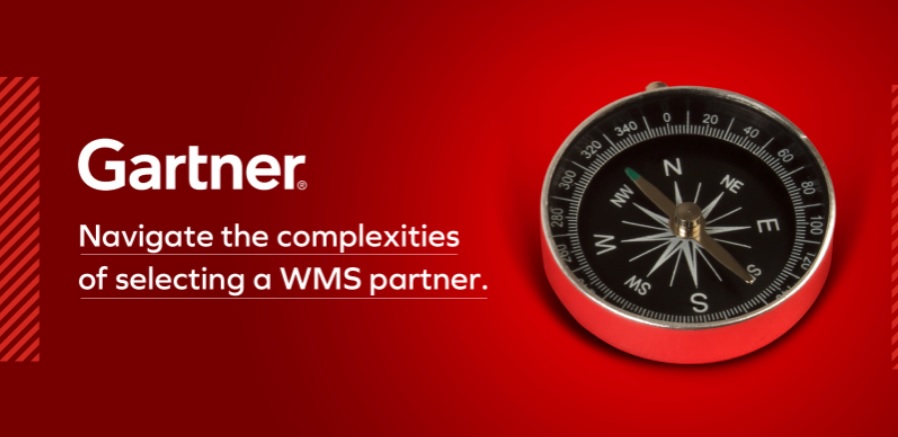
WMS Market Considerations
The 2022 Gartner® Magic Quadrant™ for Warehouse Management Systems offers insight into market trends. The report indicates that, “Despite being a very mature market, recent disruptions have spurred innovation, and while very challenging for some vendors and regions, the overall market is forecast to grow to over $4 billion by 2026 with a five-year compound annual growth rate (CAGR) of over 13%.” It also outlines buying trends.
The Magic Quadrant
This year’s Magic Quadrant™ for Warehouse Management Systems features 17 vendors. The quadrant applies a graphical treatment and a uniform set of evaluation criteria that can help you quickly ascertain how well technology providers are executing their stated visions and how well they are performing against Gartner’s market view. The report features Leaders, Visionaries, Niche Players, and Challengers and you can use the information provided to determine which vendor best aligns with your specific business goals, needs and priorities.
Strengths and Cautions
The 2022 Gartner® Magic Quadrant™ for Warehouse Management Systems also details each of the 17 vendor’s strengths and cautions to be considered.
In conclusion
This one-of-a-kind report offers a consolidated view and evaluation of the Warehouse Management System software market. If you’re in the market for a new WMS, you won’t find a better (and easier to use) side by side comparison of the 17 top solutions out there, so download your complimentary copy today, compliments of our partner, Made4net.
Disclaimer:
Gartner, Magic Quadrant for Warehouse Management Systems, Simon Tunstall, Dwight Klappich, Rishabh Narang, June 1, 2022.
Gartner does not endorse any vendor, product or service depicted in its research publications, and does not advise technology users to select only those vendors with the highest ratings or other designation. Gartner research publications consist of the opinions of Gartner’s research organization and should not be construed as statements of fact. Gartner disclaims all warranties, expressed or implied, with respect to this research, including any warranties of merchantability or fitness for a particular purpose.
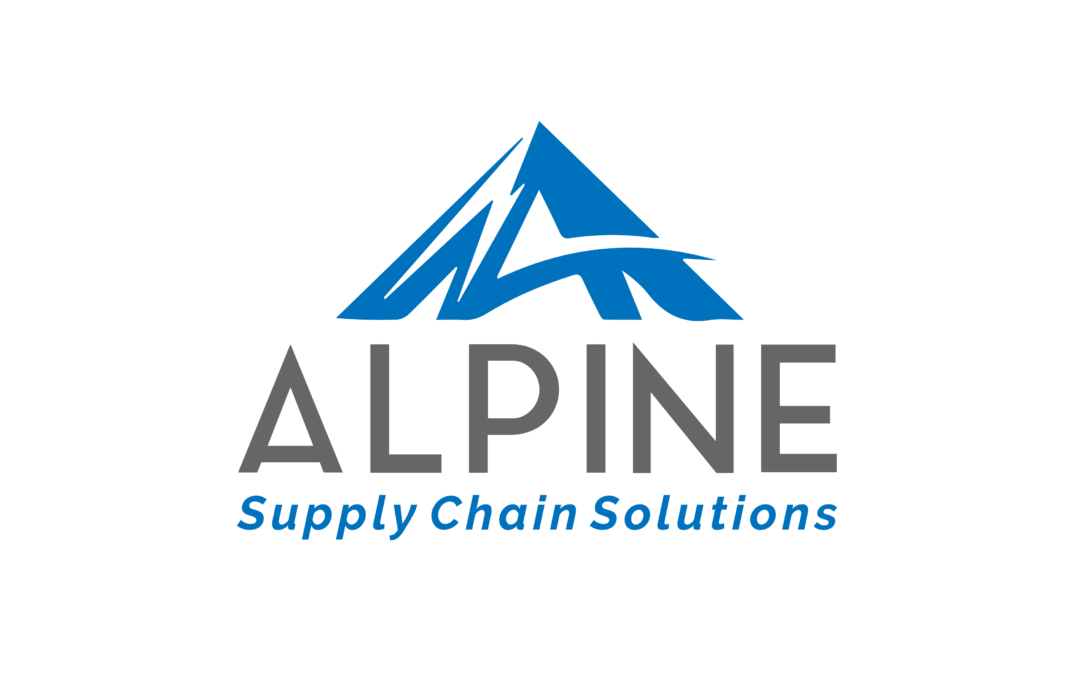
by Alpine Supply Chain | Aug 14, 2020 | Supply Chain Consulting, Warehouse Consulting, Warehouse Management System
Alpine Supply Chain Solutions, a leading boutique supply chain consulting firm, today announced the successful completion of a distribution and throughput project for The Bazaar Inc., the number one seller of brand name merchandise closeouts. Alpine Supply Chain Solutions collaborated with Conveyor Solutions Inc. (CSI) to provide The Bazaar with:
- Improved space utilization
- Increased throughput
- Decreased dock to stock time
- Reduced labor costs
Alpine has always been dedicated to helping clients make the most of the resources they have, rather than reinventing the wheel. This project with Bazaar was no exception. By improving processes and space utilization, Bazaar was able to realize a 25% decrease in dock to stock time, a substantial increase in throughput, and reduce labor costs by 30 percent.

Ryan O’Connor
According to Ryan O’Connor, SVP of Operations at Bazaar, “The combination of CSI’s equipment and installation experience and Alpine’s data-centric approach provided Bazaar with a real-world solution to address our need to be flexible. The team was collaborative from the beginning, and did not try to sell us anything until they determined exactly what we needed. In the end, Alpine developed a very simple solution to handle a very complex problem.”
When Bazaar began working with CSI and Alpine, the company was at capacity and unable to cost-effectively scale and engage in new opportunities. Despite the addition of new real estate, they continued to struggle. In the end, eliminating duplicate administration, management, and transportation tasks and consolidating two facilities into one with a more efficient layout turned out to be the answer.
According to Michael Wohlwend, Managing Principal at Alpine, “The key to success in this project was tied to studying data to gain a true understanding of orders, items, product types, and quantities and architecting a solution around that reality.” Kevin Thompson, Partner at CSI, feels Alpine’s focus on data is what made the joint effort so successful. Thompson states, “Working with Alpine to define the project requirements based on the actual data analysis has proven time and again the best way to accomplish the customer goals. Projects without Alpine’s analysis tend to have variable ways to determine success.”
About The Bazaar Inc.
The Bazaar Inc. is a family-owned business that has been leading the charge in purchasing name-brand closeouts to be sold on the secondary retail market for 60 years. The company moves hundreds of thousands of units of retail and CPG goods through small to large retail and wholesale partners around the world. As a trusted liquidation partner to manufacturers, Bazaar provides a unique and valuable inventory asset-recovery re-processing service that is unmatched in the marketplace. To learn more, visit: http://www.thebazaarinc.com.
About Alpine Supply Chain Solutions
Alpine Supply Chain Solutions, based in Chicago, IL is a supply chain consulting company driven to ensure their clients get the most value from their investments. Their approach to every project starts with the data and ends with a cost justifiable solution. With deep roots in industrial engineering, Alpine’s approach is unique. For more information, please visit the company website at: http://www.AlpineSupplyChain.com.
About Conveyor Solutions, a Systems in Motion Company
Conveyor Solutions based in Elgin, IL is an Automated Material Handling Integrator driven to build relationships with our customers for long term partnerships. We create an environment of collaborative design with our clients to achieve the goals of the project. Systems in Motion is a team of companies that work together to provide a complete turnkey solution. Learn more at: http://www.conveyorsolutions.com.

by Alpine Supply Chain | Jul 13, 2020 | Supply Chain Consulting, Supply Chain News, Warehouse Management System
Supply Chain Management Review and Modern Material Handling sat down with Michael Wohlwend to discuss WMS.
Modern: You’ve been around the supply chain software space throughout your career. Tell us about the different roles you’ve held.
Wohlwend: I was a warehouse distribution supply chain consultant for the first third of my career, and I installed my first warehouse management system (WMS) in 1994. That was followed by 7.5 years at Manhattan and 6.5 years at SAP. Now, I’m back to the consulting side.
Modern: Since you’ve worked in both the enterprise resource planning (ERP) and WMS spaces, what have been the most important developments during your career? We’ll start with ERP.
Wohlwend: Originally, an ERP system was finance and accounting. And then, they added manufacturing resource planning and planning. After that, ERP tried to be all things to all people and address the end-to-end supply chain. That had its limitations and opened the door for best-of-breed solution providers, especially with the Cloud.
Great examples of that are Salesforce.com for CRM and Workday for HR. Now, we see ERP companies buying Cloud-based software companies with a subscription model to offer best-of-breed solutions under the ERP umbrella. The technology is evolving.
Modern: How about the WMS space?
Wohlwend: For a time, CIOs trying to reduce their overall software footprint were getting the WMS module from an ERP provider like Oracle or SAP. In situations that weren’t complex, like pallet in and pallet out, the WMS from an ERP was good enough. Now, there’s a resurgence of WMS. The real trend I’m seeing is global manufacturers moving to a 3PL for their distribution and deferring to the 3PL’s WMS. And, most of the 3PLs will have a low-cost WMS, with less functionality, and a higher cost version. Depending on complexity, the 3PL will choose which version to roll out for their customer.
Modern: What are your clients struggling with today, particularly with WMS systems?
Wohlwend: Whenever you’re implementing a WMS, you run out of resources, time or money. So when people install a WMS, they never turn everything on because they run out of one of those three. Then, they run into an issue and don’t realize they have the functionality.
I recently went to a site that wasn’t doing directed putaway or batch picking because they’d never turned on the functionality. It cost them $52,000 and they had an ROI in two weeks. The No. 2 reason is that they business model changed. For example, with Covid-19 now they may need to turn on each picking and need to configure along with cartonization. Their WMS has the functionality but needs to be configured.
Modern: Given all the changes in fulfillment processes, what should a company do?
Wohlwend: The most common thing I see is that they didn’t turn on all the functionality, and they haven’t upgraded, so now they’re at a pivot point. Do I keep an existing system and “add on modules” like voice, labor management, or slotting modules? Or, do I rip and replace? There are companies adding “Add on Modules” on top of old versions of EXE and Catalyst.
The problem with ripping and replacing is that a lot of the new systems are in the Cloud. That sounds good, but I just worked with a 3PL that couldn’t get Internet access at their site. They had to have a server on site. And when you’re talking about an automated system that requires sub-second response times, I believe it has to be on-premise. You just can’t risk your order fulfillment system on a connection that could go down.

by Alpine Supply Chain | Jun 16, 2020 | 3PL, Distribution Network Services, Warehouse Management, Warehouse Management System
Performs Storage Type Analysis and Facility Design to right-size facility then a Network
Analysis, 3PL Selection, and onboard to support next-day delivery
Alpine Supply Chain Solutions, a leading boutique supply chain consulting firm, today announced the successful completion of a multi-faceted distribution optimization project for Mark Andy, a global manufacturer of printing presses. Alpine provided consulting services to improve space utilization, productivity and replenishment cycle times at Mark Andy’s primary distribution center in Des Plaines, IL, and conducted a network analysis to determine the best location for third party logistics (3PL) facilities to facilitate next day shipping for customers.
Mark Andy was outgrowing its 80,000-square foot distribution center and needed to determine if 40,000 or 80,000 additional square feet was needed. Alpine conducted a Storage Type Analysis, Facility Design, and Slotting project to create the right-sized product homes and place the right products into the best locations, maximizing space usage and improving productivity.

Stuart Gallup
“Alpine has a well-rounded team that understands all aspects of supply chain operations as well as current
industry standards,” said Stuart Gallup, Vice President-Commercial Market for Mark Andy Print Products. “They were able to rapidly respond to changing information in a very dynamic environment and provided the best solution at a given cost which increased our ROI.”
In addition to the warehouse optimization project, Mark Andy also recognized the need for new locations across the US to facilitate next-day delivery. Alpine conducted a Network Analysis to understand where Mark Andy customers were located and to determine the ideal number of facilities and inventory levels required to provide their network with a 98% next day service window. Alpine then conducted an in-depth RFP process and helped Mark Andy select and onboard five new 3PL locations in five months.
About Mark Andy
Mark Andy is a pioneer of the graphic arts and printing industry. As the world’s leading manufacturer of
narrow- and mid-web printing and finishing equipment, we supply leading global brands, including Mark Andy and Presstek printing presses, Rotoflex finishing solutions, as well as a complete line of Mark Andy Print Products consumables and pressroom supplies. All products are backed by the largest customer support team in
the industry, minimizing downtime and helping our customers be profitable, efficient and at the forefront of innovation. For more information, visit Mark Andy.
About Alpine Supply Chain Solutions
Alpine Supply Chain Solutions, based in Chicago, IL is a supply chain consulting company driven to ensure their clients get the most value from their investments. Their approach to every project starts with the data and ends with a cost justifiable solution. With deep roots in industrial engineering, Alpine’s approach is unique.


